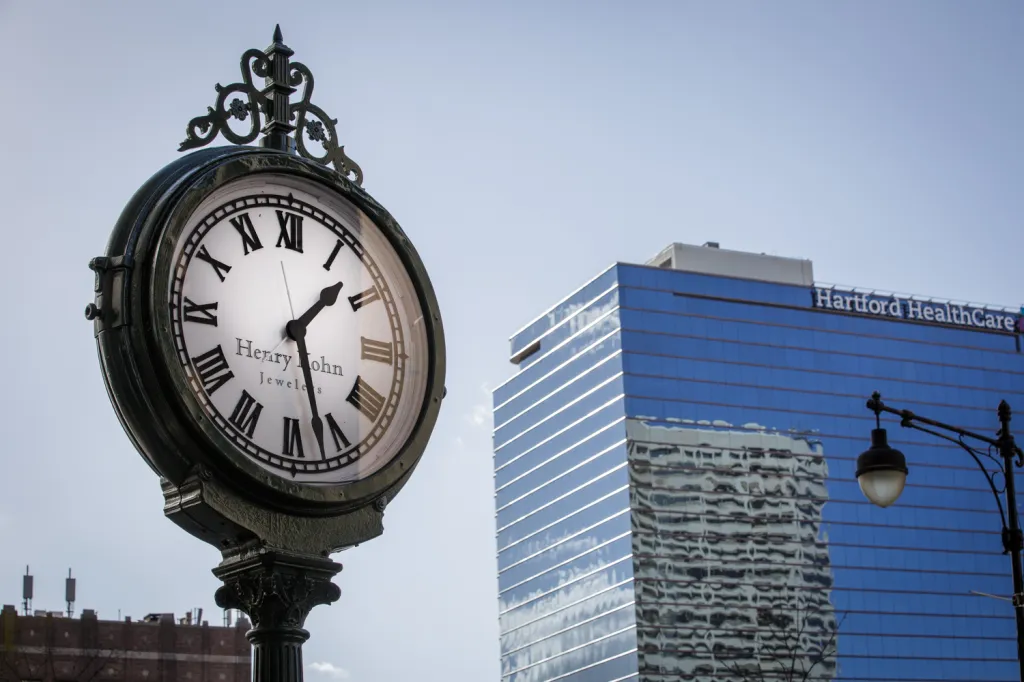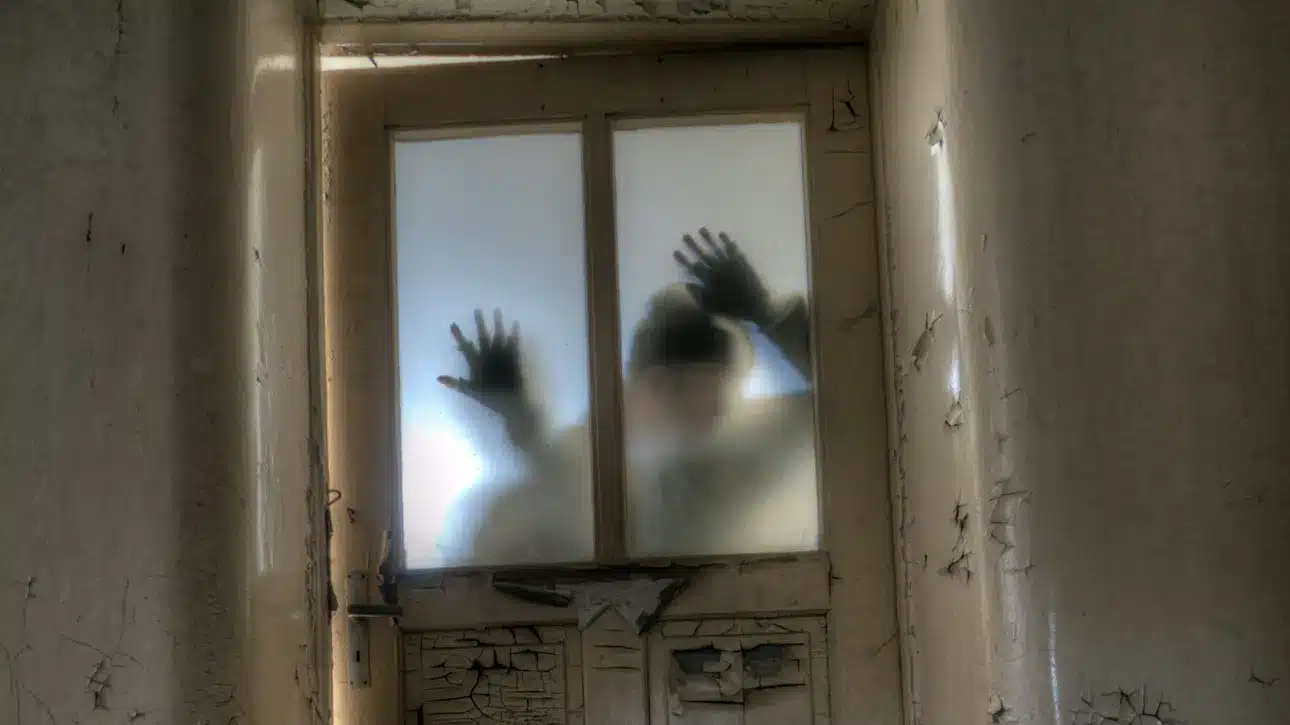Copyright Hartford Courant

When daylight saving time ends Sunday at 2 a.m. the clocks “fall back” an hour, meaning an extra of sleep. Sounds delightful, but an expert says in the long run when daylight savings time has gone away it can wreak havoc on our moods, sleep schedule, social schedule and more, related to less daylight, increase in melatonin that tells our bodies to go to bed bed earlier, and impact hormones. The inability of some to drive at night also can contribute to social isolation, which can lead to a change in moods to depressession. Many states have or have considered eliminating daylight saving time altogether. Some health groups, including the American Medical Association and American Academy of Sleep Medicine, also have long urged adopting standard time year-round, according to the Associated Press. New research from Stanford University agrees, finding that switching back-and-forth is the worst option for our health. The study showed sticking with either time option would be a bit healthier, but they found permanent standard time is slightly better — because it aligns more with the sun and human biology, what’s called our circadian rhythm, AP reported “It’s a snowball effect,” said Brianna Garrison , an associate professor at Southern Connecticut state University’s School of Social Work with a specialty in older adults and social interaction. “Sleep is so essential to other functions of the body. Any changes to our circadian rhythm put us at risk for physical and mental health complications,” she said. The good news, Garrison said, is that people “can be creative,” in addressing all of it. “Be intentional, mindful and deliberate” to combat the issues. For instance, if you normally meet friends for dinner but don’t want to drive at night because of eyesight or weather, change it to lunch to increase both interaction and get much-needed sunlight, she said. In terms of social interaction, it’s important to keep it going even if it’s not a person. A book club, for instance can be done by phone or on Zoom, if not in person. Garrison said it’s “the sun that tells our bodies when to go to sleep,” so less sun means more sleep and less exposure to daylight or sunlight which means fewer mood-boosting hormones. “In fall we should be trying to get as much sun as we can,” by altering our routine, she said, because of the release of hormones. One suggestion Garrison makes is to go to bed earlier, without changing the sleeping hours, to get more sunlight in the morning and maybe take time for a walk outside. She said don’t decrease the amount of sleep because there’s health risks there too. She suggested maybe going to bed 15 minutes earlier and getting up 15 minutes later. Garrison said three easy things to do are: Find a way to spend morning time outside, Purchase a light box, as it has the same impact as hormones and sunlight and now affordable, Maintain physical exercise, and that can mean walking around the house if the weather or darkness s bothering. Garrison said the winter months are all about less serotonin, the happy hormone, and more melatonin, the depression hormone. “Do it strategically, incrementally and have a plan,” she said. “Take your internal pulse, how is it affecting you? ” She said fact that weather will be colder and it will be dark earlier “compounds” isolation during the period of time. She said after daylight saving time the sun is setting close to 5 p.m. “Ask yourself, ‘how else can I make a social connection?”” Garrison said. She said if you’re out of work, it’s dark and dinner club doesn’t look so good, plan for sunlight and social interaction. Maybe meeting friends for lunch is better than dinner or maybe a senior center is worth joining. She said it’s important to maintain connection even if it’s over the phone. “Isolation can hit hard,” she said. She said older adults are more impacted in changes in sleep, as well as adolescents. Teens can have mood changes, attention issues or show underlying behavior issues when daylight savings time ends. Garrison said hospital admissions are higher in fall and spring when the times change. Where did Daylight Saving Time begin? According to Courant archives, the Uniform Time Act of 1966, established a system of uniform daylight saving time throughout the United States and its possessions, and provides that either Congress or the Secretary of Transportation can change a time-zone boundary. The act specifies that daylight time applies from 2 a.m. on the second Sunday of March until 2 a.m. on the first Sunday of November in areas that do not specifically exempt themselves. The origin of daylight saving time has a link to commerce, the archives state. “In 1883, U.S. and Canadian railroads adopted a four-zone system to govern their operations and reduce the confusion resulting from some 100 conflicting locally established ‘sun times’ observed in terminals across the country,” the U.S. Department of Transportation website states. “States and municipalities then adopted one of the four zones, which were the eastern, central, mountain, and Pacific Time zones.” Observance of daylight saving time began during World War I in Europe “Federal oversight of time zones began in 1918 with the enactment of the Standard Time Act, which vested the Interstate Commerce Commission with the responsibility for establishing boundaries between the standard time zones in the continental United States,” the DOT website states. This was the first time DST was observed in the U.S. and it was quickly repealed on Aug. 20, 1919. The National Conference of State Legislatures lists 35 states that have or are considering legislation related to daylight saving time and many other states do so each year. For states that follow daylight saving time, it begins on the second Sunday of March, when clocks “spring forward,” and ends when clocks “fall back” on the first Sunday of November each year. Who doesn’t observe daylight saving time? Hawaii and Arizona, except the Navajo Nation, don’t observe daylight saving time. Guam, American Samoa, North Mariana Islands, Puerto Rico and the U.S. Virgin Islands, all U.S. territories, also don’t observe daylight saving time according to the federal Department of Transportation, which oversees time.



